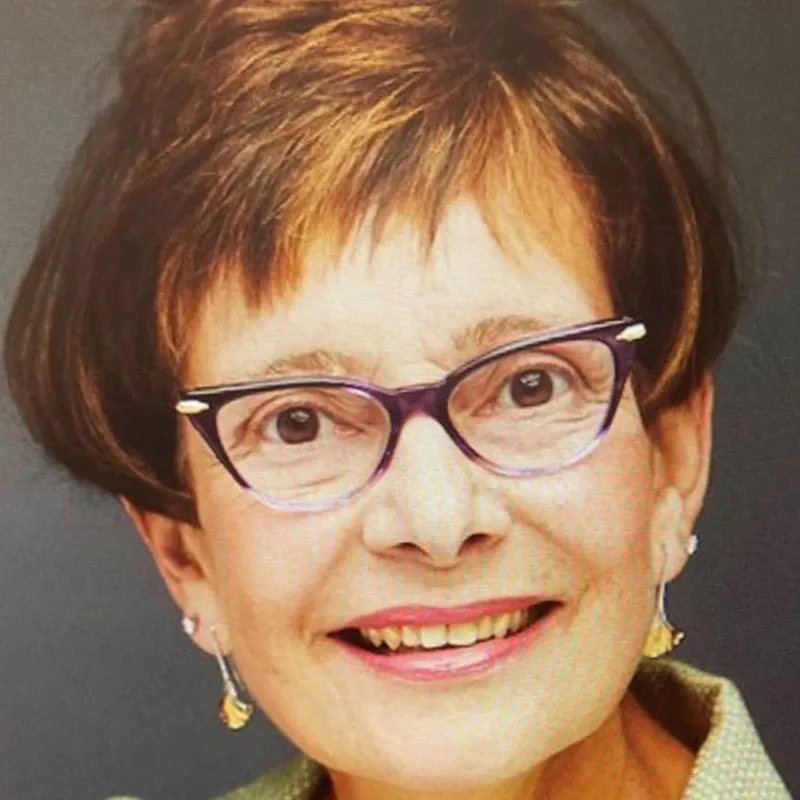An emergency nurse for more than three decades, Theresa Bucco has embraced numerous ways to share knowledge and guide both current and future nurses in the profession she wanted to be part of since she was a young girl.
Bucco, a nurse instructor at Northwell Health in Staten Island, is also a clinical assistant professor at New York University Meyers College of Nursing, where she teaches the popular Disaster Nursing and Emergency Preparedness. She developed the course in 2019 to cover natural disasters, mass casualty events, and—just in time—pandemics. A coworker at NYU had invited Bucco to collaborate on creating the class, but that coworker left the university, so Bucco completed the planning and launched it on her own. To lay the groundwork for the class, she studied independently and completed training at FEMA’s Center for Domestic Preparedness in Anniston, Alabama.
“That gave me great, great knowledge and confidence to actually put together a course. I met lots of people experienced in disasters,” she said, all of which informed her class, which includes units on Stop the Bleed, triage, active shooters, PPE, caring for vulnerable patients, command centers and more.
The course also requires students to work in groups researching a past disaster: the event, the historical context, the response, the role nurses played, and what changes resulted. For example, one group project delved into the Cocoanut Grove nightclub fire in 1942, which killed almost 500 people in Boston and led to standards in emergency burn care.
Bucco has found ways to take her disaster education course beyond her own classroom. She and a colleague created a disaster module for the university’s community health students, and she has even presented for another colleague’s class at nearby Hunter College. At Northwell, where she has been an emergency nurse and educator for more than 20 years, she designed a module to share some what she teaches her NYU students, along with delivering TNCC and skills development instruction. In turn, some of her hospital colleagues have presented in her classroom. She is also faculty advisor for undergraduate student nursing organizations, including two student associations specific to critical care and emergency nursing.
“I’m busy. But what’s so great is we’re able to combine teaching: undergrad, grad, people working in the emergency department. Everyone loves to participate. We do lots of fun projects together,” said Bucco. “That’s what’s really great about having this faculty role and also working in the emergency department and being a member of ENA.”
Bucco wanted to be a nurse about as long as she can remember. In her office, she even keeps a photo of her six-year-old self playing dress-up with a white nurse’s hat, bag and stethoscope.
“I love the emergency department,” she said.
Her early career included roles as a critical care nurse and nurse manager in Manhattan, but when she floated in the ED while working at a hospital in Brooklyn, she realized the ED was where she wanted to be. She asked to be properly oriented so she could stay. “Back then it wasn’t such a rigorous orientation,” she noted. “(Triage was), ‘Go out there. Find out what’s wrong with people. Get their story and come back and tell us.’ Things have definitely changed.”
After years of hospitals and classrooms, there’s one more place she would like to work in the future.
“Eventually, when I do retire – and I don’t know when that will be—I want to work in disasters,” said Bucco, mentioning that could be an earthquake, flood or mass casualty incident. “That’s what I see, putting on combat boots, going out to the different disasters and being a nurse.”
